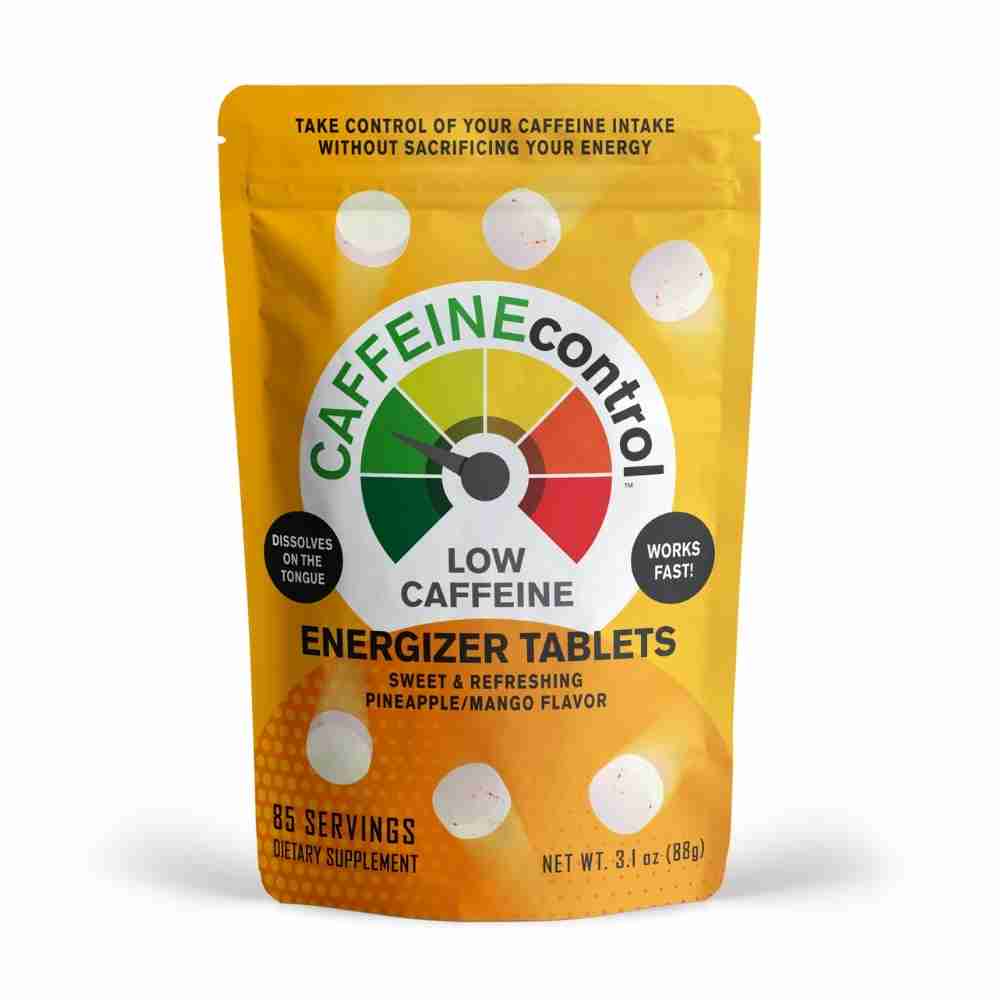
Chocolate makes of feel good. It’s a symbol of love on holidays and a sign if comfort in times of distress. But for those that suffer from migraines it can also be signal of distress. And like the favorite movie line: you never know what you’re going to get.
Some people crave it when sad or depressed and say it makes them feel better. But that boost will always be temporary. I used to call it homemade Prozac. It helped with a depressed mood. But wasn’t real or lasting.
There are several studies that attribute real medical benefits to the substance. Chocolate has been touted as being good for the heart. It increases the responsiveness of blood vessels which is useful for preventing heart disease. It also increases glucose tolerance. Chocolate also contains some substances which have an antioxidant effect that may have benefits to preventing cancer.
Similar studies are also published on coffee. But coffee and chocolate are not health foods. As we consume them they are loaded with sugar and, at best, can be consumed in conjunction with a healthy diet but neither coffee or sugar are ever going to set the bar as a “health” food.
And for those that are prone to migraines, chocolate has been reported as a trigger for many people. Consuming too much chocolate can also cause obesity, rectal itching, heart burn and emotional problems like irritability, confusion, anger, and depression.
So why does it make us feel so good? Chocolate is rich in carbohydrates, which increase the rate with which tryptophan enters the brain. This increases the level of serotonin, a neurotransmitter that regulates moods, creating a good feeling. But just because it makes us feel good does not mean it’s really good for us.
Chocolate & Caffeine Addiction
Like caffeine, the addictive property of chocolate is also well documented. This is evidenced by the fact that some people, when trying to give up alcohol, depend on chocolate and caffeine to satisfy their cravings. This drug-like property is attributed to caffeine, anandamines, phenylethylamine and magnesium that are present in chocolate. In fact, the presence of caffeine and magnesium can contribute to a feeling of craving for chocolate. Ananadmides affect the brain in a similar way to marijuana, though research in this field is still debated. However it is interesting that in studies that rate the addictive nature of substances, caffeine is deemed more addictive than marijuana.
While chocolate can generate feeling of alertness and well-being, it will also be the reason for a corresponding emotional low after the effects wear off.
Eating chocolate can also give rise to a feeling of anxiety just as caffeine can also increase anxiety. Phenylethylamine is said to cause dilation of blood vessels in brain causing headaches. Though it is still debatable whether phenylethylamine reaches the brain.
One ounce of chocolate contains 20 mg of caffeine – that’s about 1/4 a cup of brewed coffee. Research on the effects of caffeine have reported that caffeine can cause problems in sleep, restlessness, irritability, heartburn, and anxiety. Withdrawal from caffeine causes fatigue and headaches.
Tyramine is another amino acid present in chocolate. Though it is not certain whether any significant amount of tyramine reaches the brain, yet it is known that it causes blood vessels to expand and contract causing dull headaches.
In large amounts both chocolate and caffeine appear to mimic both addictive and pleasure-seeking parts of our brains and give us both benefits and drawback to their consumption in our daily diets.
Reducing Caffeine Can Be Easy
Cut back on caffeine without caffeine withdrawal or brain fog.
Faster and easier than anything you tried before.
Learn more at https://caffeinecontrol.com
